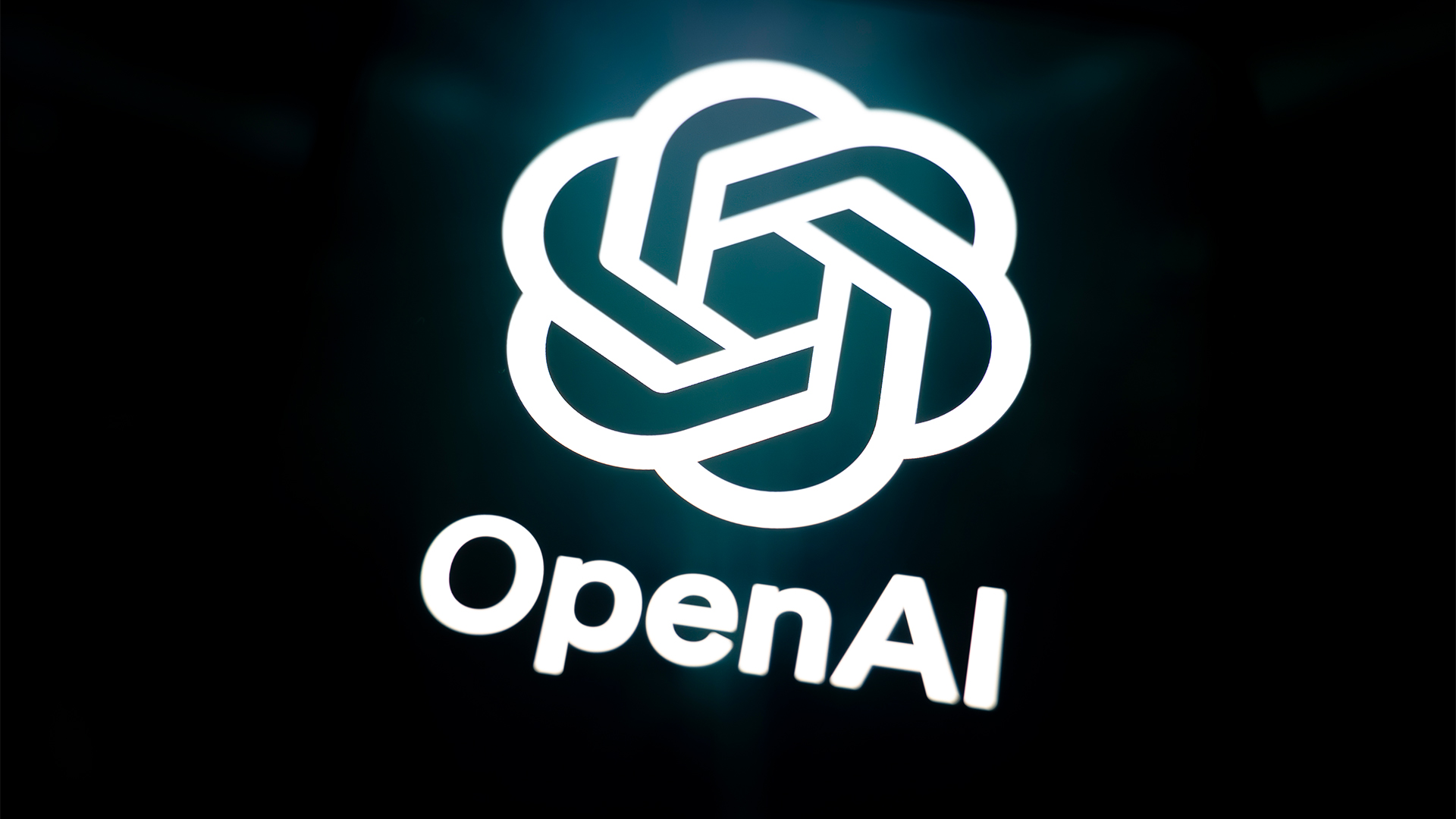How small stacks up against big when choosing cloud
A contrasting approach to cloud provides small business with a way of working

An instructive chat today with John Zanni and, for once, we weren’t talking about a product launch. You see, it is actually, much more important in complicated business fields like cloud, to understand not just the simple headline of “new version, different colours, more money” but the more intricate ways that a product or range fits into the buying decisions made by a business. It’s something that author William Gibson used the Japanese term “Zaibatsu” to describe -although the cloud business generally prefers the term “ecosystem”.
There is a very strong tendency amongst cloud buyers to take delight in the simplicity of what they are buying. Look at the terms used - One-click, no-help, self-guided, on-demand - lots of hyphens, all of which summarise a certain lack of nerdy complexity.
Then when you look at their own businesses, you suddenly find that they are nerds, but in their own field, not in the field of computing. These guys will bore on for hours about how to select the right make and model of valve for a high pressure system, but immediately shut off when you talk about the different attributes of one cloud provider over another.
In part this is a jargon phrase length issue. While the IT business really does want to talk about High Availability Rack Scale Virtualised Storage Platforms, quite a lot of people are going to be asleep somewhere around the word “Scale”, and I don’t blame them one bit.
But, once someone hooks up a representation like “ecosystem”, in place of about 50 product labels, then the interest takes a bit of a jump. So it should, because understanding the different merits of those mega-scale cloud provider players, and how they are used by the less than mega-scale integrators you work with as a small business person, is a vital bit of background to buying decisions and making your voice heard in conversations with software developers.
Hang on; what conversations?
To answer that, let’s lay out an ecosystem for you to think about, using Parallels Cloud Server and cloud storage products as an example. With their long history in website control panels, Parallels knows the reality of the hosted computing world inside out and its virtualisation offerings reflect what’s really out there - 6 foot racks with cheap switches in the top and lots of rather crudely specified servers blasting away.. Most commonly, there will be a “hot server” per rack, overloaded too much while its immediate neighbours are comparatively idle.
Sign up today and you will receive a free copy of our Future Focus 2025 report - the leading guidance on AI, cybersecurity and other IT challenges as per 700+ senior executives
Parallels Cloud Server addresses that problem (provided your tenants all share the same requirements for relatively stable web services) by making use of container-based virtualisation. All tenants believe they have a machine to themselves, even though in reality they may be sharing with any number of other tenants. Containers are less diverse, but more efficient: Parallels will give you bare-metal, any-OS virtualisation too but don’t expect the kind of tenant density that you can get out of the containerised option.
Storage Server is the other part of the deal; if you have a lot of big and not very full SATA disks in your hosting centre, then Storage Server virtualises it all, presenting it to the upper layer of the Containers as a totally smooth, connection-tolerant store of stuff. Naturally, it’s better for everyone if all the tenants make relatively standard use of the filesystem: Then, you can whip a LAN cable out of a participating server, and, while, tenants might see a wee ‘blip’ in response time, there’d be no other side effect.
Probably you shouldn’t expect to extend such a fault-tolerant service outside that single, tall, rather Tardis-like rack of servers – but that’s OK, because the story from Parallels’ customer base of hosters is that in reality, not many places manage to do that at the thousands of servers level, anyway.
This is the building block, then, for the ecosystem. On top of that go PaaS parts – standard database or web-page-rendering servers which fit in a friendly and predefined way within the tenant’s VM farm , and lastly, SaaS, which tends to be the way that a tenant converts itself from a block in an IT operations centre’s system diagram, into a recognisable resource for small businesses.
If you are a bit of a foodie, then its normal behaviour to ask some questions about where your food comes from and how it’s been treated before you eat it. It’s now becoming commonplace for people to transfer some of these kinds of investigation to their compute resources too: - hence the appearance of those outwardly calm types who interrupt a simple website meeting with some heavy-handed comment about the NSA, or porn. It’s unfortunate that these discussions dominate meetings, because those who think more rationally – just like being a sensible foodie – provide a vital guide to thinking about supplier decisions in a small business.
Just because two potential cloud service resellers turn up and use the same words about their services does not mean that their methods of getting your work done are going to be equally perfect.
That brings me back to John Zanni and me. I discovered during our long chat, that just about the most interesting way to do a supplier test is to indulge in a bit of comparison.
The Parallels environment emphasises container-based virtualisation. This makes it an easy move if you are a relatively pure and traditional HTTP/LAMP type of business user. This in turn makes it more interesting if you are the software part of an industry consortium, making tools which an entire specialised business sector uses as a critical part of daily life. Here, the option to choose between suppliers is relatively limited, but the need for those who would normally be choosers to turn themselves instead into committee influencers, is just as strong. There’s nothing worse than finding that you should have encouraged your vertical-market developer to hire better programmers, two years after the job’s been finished.
One hugely important point was that it’s not vital for the small business user to take a master’s degree in the internal architectures of the big five cloud toolkit maker’s products before they sign up to a single outlook.com email account.
I started the conversation having spent an hour in a Parallels Cloud Server sneak preview, and something like 10 days total being walked through Azure’s internals directly by the Microsoft development teams in person.
Starting from that hugely distorted view of the general nature of a cloud service, it wasn’t hard for me to go through with John Z what Parallels know to be different, and what’s similar, between the two offerings.
My point here is this: Azure is already an oil-tanker of a cloud service, while Parallels is if anything, a set of blueprints for a natty little general purpose trading vessel. Many of the features present on the two extremes of scale have the same names - there’s a Windows Storage Server, with a rather different intent and footprint to the product of the same name in the Parallels list. There’s even a neat bit of cross-over, the Azure Pack for Windows Server 2012 R2 is a popular add-on which permits the same kind of multi-tenant, authentication-driven remote management and control that people are becoming used to with Azure - but Parallels management suite for its web, container-based VM platform has now been extended to include the Azure Pack management capability too.
That’s like a rope or a fuel-transfer line from the vast container ship to the little appropriate-tech low-capacity coastal worker: With that nautical metaphor firmly in mind, consider how you can get an understanding of the record-breakingly vast vessel, by looking for points in common with the smaller, and therefore more easily understood system.
I suspect that Microsoft has a hint of this transferrability of lesson too. Its way of thinking about ecosystems is very clear. It's simply that Azure uses Server 2012 R2, and therefore all the tools are the same as the ones you’ll be using inside your LAN. This sounds like a nice easy road if you are an old WIndows systems person, but the fact is that 2012 R2 is a big enough study topic to itself - it only looks small alongside Azure because, well, pretty much everything does.
And what does this have to do with Parallels? It's this: to make a clean and understandable decision in cloud as a small business operator, bombarded with options from players big and small, is a difficult process. Making sense of something immense, such as the Microsoft offering, while being nagged to consider it as “simple”, is going to challenge anyone.
Looking at what Parallels is doing provides an easy insight into the internal dealings and decisions of the cloud business, the results of which you will be picking and choosing your way between when it comes to picking a reputable cloud provider.
-
 OpenAI's 'Skills in Codex' service aims to supercharge agent efficiency for developers
OpenAI's 'Skills in Codex' service aims to supercharge agent efficiency for developersNews The Skills in Codex service will provide users with a package of handy instructions and scripts to tweak and fine-tune agents for specific tasks.
-
 Cloud infrastructure spending hit $102.6 billion in Q3 2025
Cloud infrastructure spending hit $102.6 billion in Q3 2025News Hyperscalers are increasingly offering platform-level capabilities that support multi-model deployment and the reliable operation of AI agents